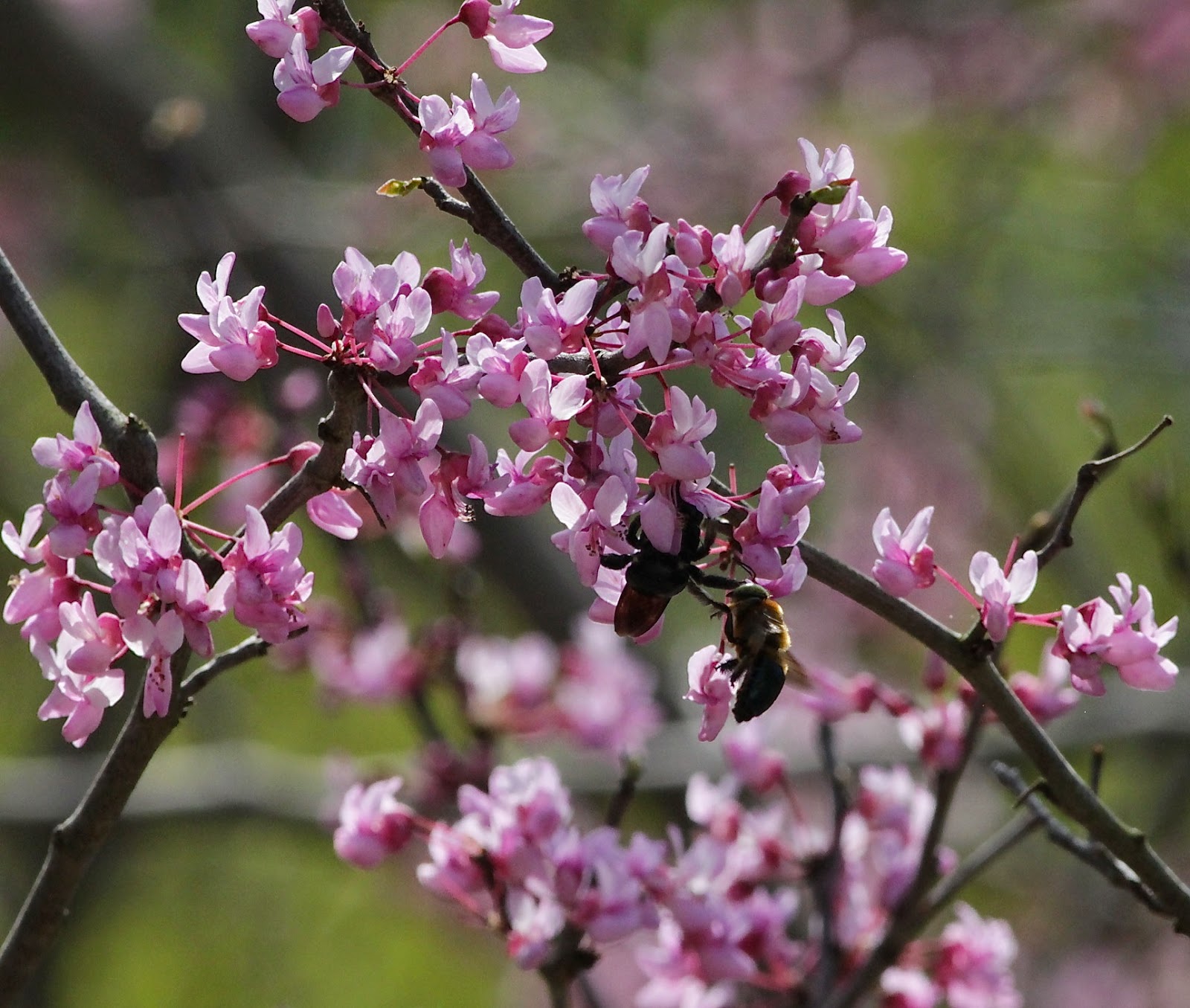Wednesday in the garden: Where are the honeybees?

For years we've been hearing about problems facing bees, especially honeybees. There is colony collapse disorder, mites, pesticides, in addition to all the predators and disease which the little insects have to face. It is daunting to say the least and bee populations have been declining drastically year after year. Well, now I have some anecdotal evidence to add to that sad litany. My garden has always been visited by lots of bees, both native bees and honeybees. In past years, there have been hundreds, thousands even, of honeybees buzzing around the yard on a hot summer day, sipping from flowers, lining up around the edges of the birdbaths to get water, or crowding onto my inefficient hummingbird feeder to gather the drips of sugar water that leak out. I don't know where they came from; perhaps there was a neighbor who was a beekeeper or they may have been bees that had gone feral, but they were present in great numbers. This is a picture from last year when there were plenty...


